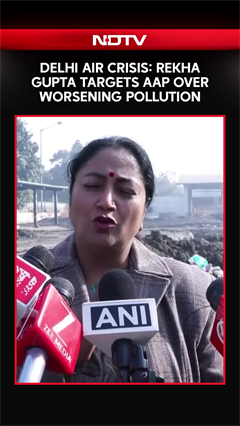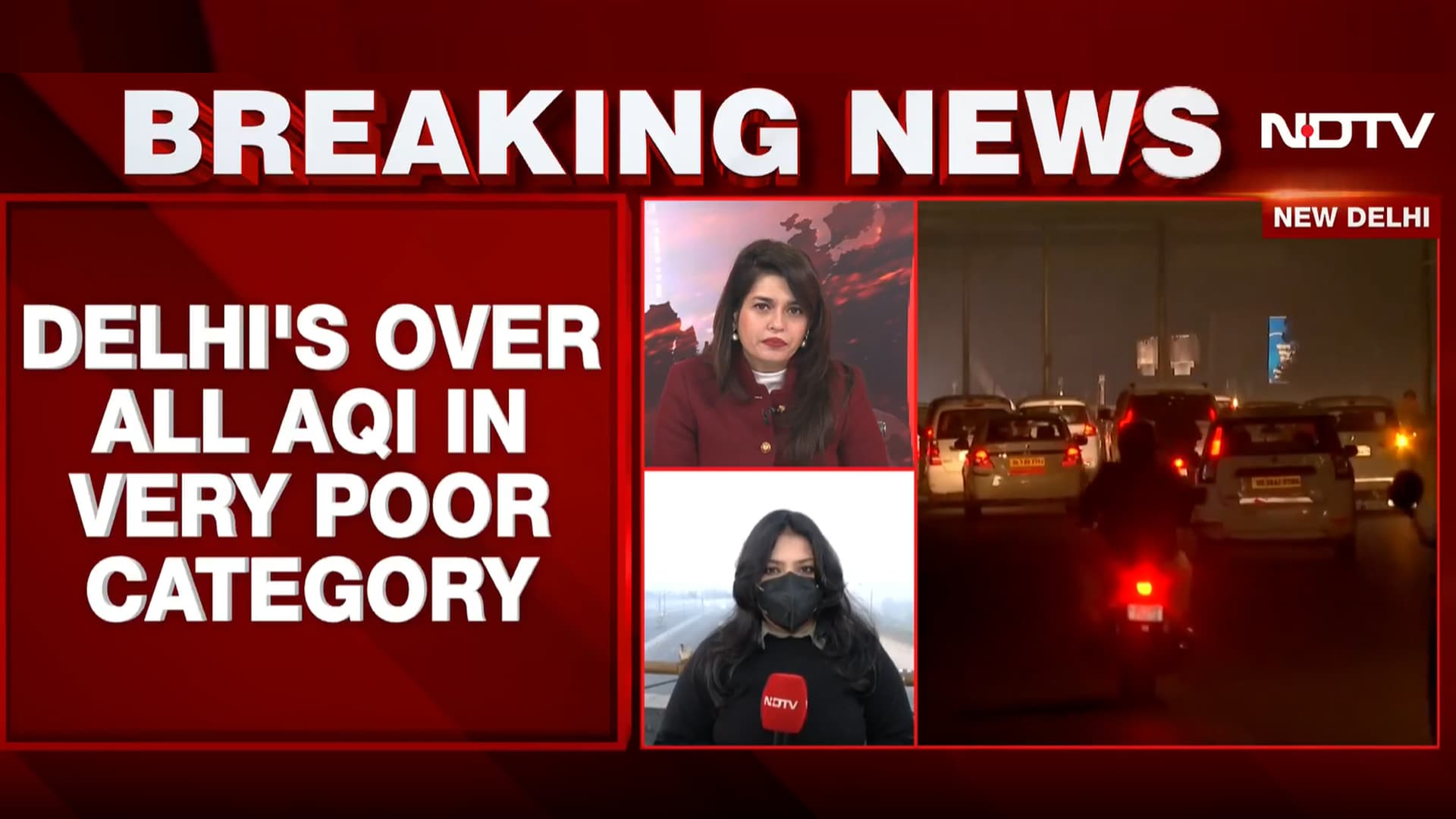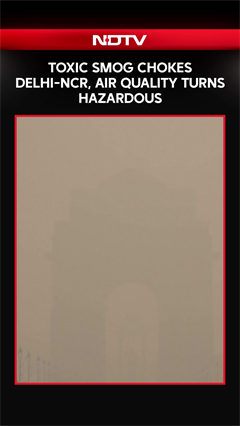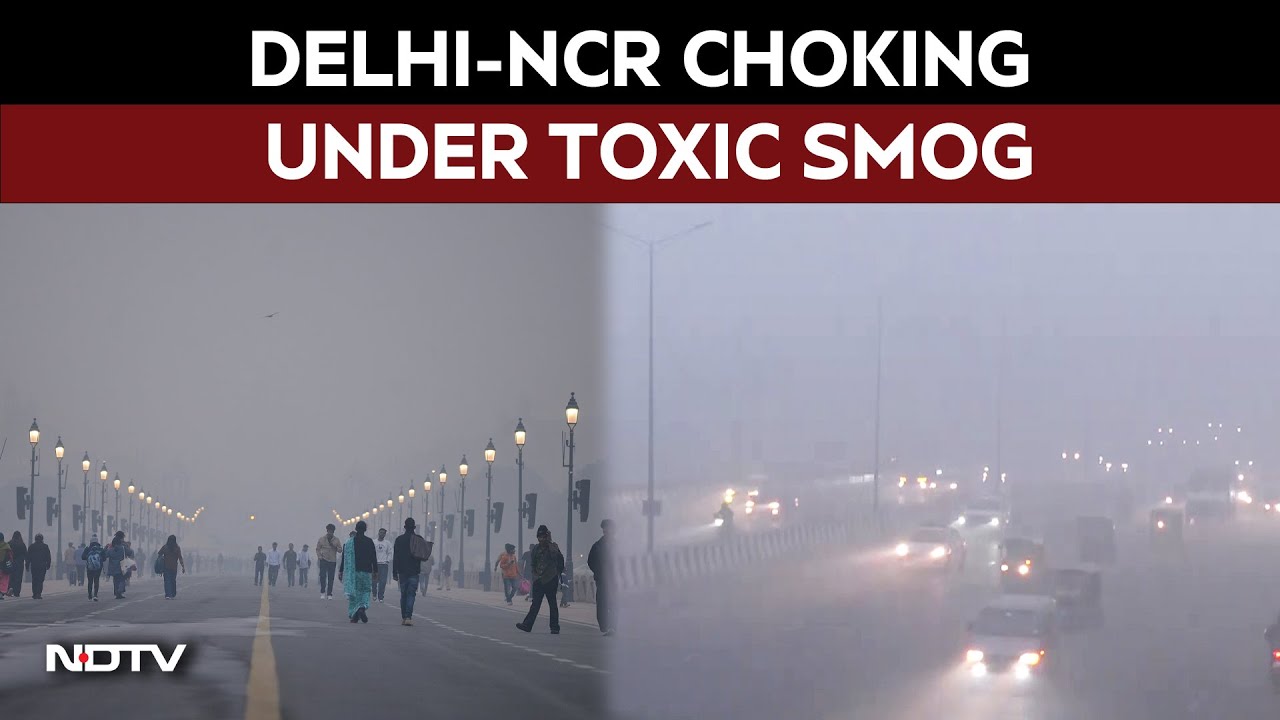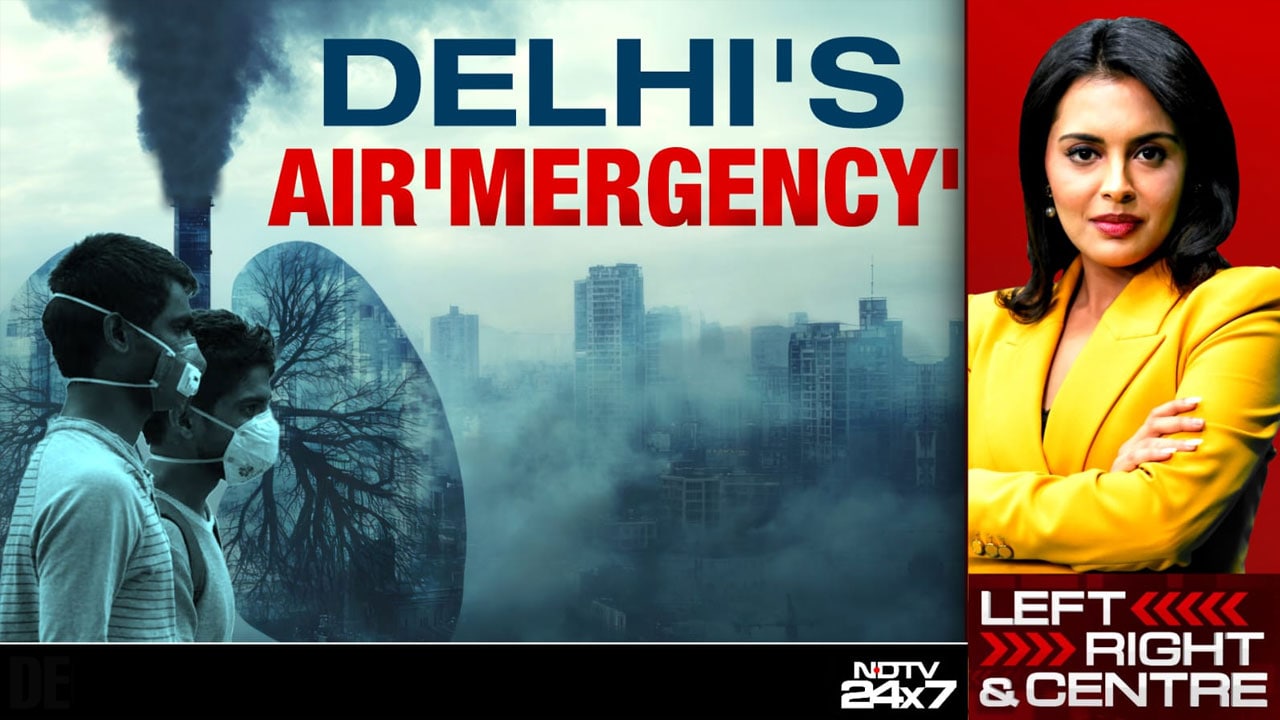- Home/
- Microplastics In The Air May Be Leading To Lung And Colon Cancer: Study
Microplastics In The Air May Be Leading To Lung And Colon Cancer: Study

From oceans to mountains, microplastics have been found almost everywhere on the planet. These tiny plastics have also been detected in nearly every organ of the human body, including the heart, brain, lungs, kidneys, and even the placenta. The health implications of microplastics in our systems are alarming and far-reaching. Research has linked microplastic exposure to various illnesses, and now, a study has found a connection between these tiny plastics and lung and colon cancers.
In a paper published in the journal Environmental Science and Technology, researchers at the University of California at San Francisco conducted a comprehensive analysis of numerous studies involving mice and humans to investigate the effects of microplastics on digestive, respiratory, and reproductive health. Tiny plastic particles, shed from tyres and degrading plastic waste, are becoming a significant air pollution concern, with potential links to serious health risks.
The study reviewed approximately 3,000 research papers and identified potential links between airborne microplastics and various health conditions. These health conditions include infertility, colon cancer, poor lung function, and chronic pulmonary inflammation. The tiny particles can penetrate deep into lung tissues, potentially creating an environment that fosters DNA damage and cell mutations. Both of these factors are key contributors to cancer development.
Microplastics, defined as particles smaller than 5 millimetres, are pervasive in the environment. Every year, nearly 460 million metric tons of plastic are produced globally, and this number is expected to double by 2050. A substantial source of airborne microplastics is the wear and tear on tyres and roads caused by friction from driving. Over time, these microplastic particles become airborne, posing a potential threat to human health.
"These microplastics are particulate matter air pollution, and we know this type of air pollution is harmful," said Tracey J. Woodruff, PhD, MPH, a professor of obstetrics, gynaecology and reproductive sciences at UCSF.
According to Dr Pooja Babbar, when microplastics are inhaled, they can embed deep within lung tissues, causing chronic inflammation and oxidative stress. These conditions create a favourable environment for cell mutations, potentially leading to lung cancer.
Ingested microplastics can also wreak havoc on our digestive system. They can disturb the gut microbiome, trigger local inflammation, and increase the risk of colon cancer. And if that's not enough, chemicals like bisphenol A and phthalates, commonly found in plastics, can disrupt endocrine functions and promote tumour growth.
To combat the growing issue of microplastic pollution, experts recommend to:
1. Improve recycling methods: Enhance recycling infrastructure to minimize plastic waste.
2. Eliminate single-use plastics: Reduce the use of disposable plastics, such as bags, straws, and water bottles.
3. Raise public awareness: Educate the public about the risks associated with microplastic exposure.
Individuals can also take steps to minimise their exposure by wearing masks in polluted areas and reducing their plastic consumption.
also read
Latest Stories
- Press Trust of India | Tuesday December 16, 2025 , Chandigarh
Punjab Chief Minister Bhagwant Mann on Monday questioned why there is a pollution crisis in the national capital despite no farm fires now.
- Written by Shreya Goswami | Tuesday December 16, 2025
Air pollution doesn't just harm the lungs. Doctors warn that chronic smog exposure triggers systemic inflammation, worsening joint pain and accelerating damage, especially in shoulders and hips.
- Edited by Nikhil Pandey | Tuesday December 16, 2025
Shillong's exceptionally low air pollution levels result from its highaltitude location, abundant greenery, limited industrial activity and active cleanliness initiatives, helping it rank among India's cities with the best air quality.
- Edited by Sahil Behl | Tuesday December 16, 2025
Delhi Schools In Online Mode: On December 15, the government withdrew this option and mandated that classes for nursery to Class 5 be conducted only in virtual mode.
- Asian News International | Tuesday December 16, 2025 , New Delhi
The National Capital Delhi continued to reel under hazardous air conditions on Tuesday as the city's overall AQI stood at 378 at around 8 am, placing it in the 'very poor' category, according to data from the Central Pollution Control Board.
................................ Advertisement ................................
Latest Videos
Opinion
Blog | Well Done, Delhi. You've Turned Lung Sacrifice Into A Badge Of HonourSaikat Kumar Bose
Monday November 10, 2025Till some years back, Delhiites would ask angry questions to those in power about the capitals annual tryst with toxic air. This has changed. Those in the driving seat dont see the need to answer now.
Opinion | Why Indians Have Just Given Up On Air Pollution CrisisTanushree Ganguly
Friday December 20, 2024While some may argue that people in Delhi are now more aware of air pollution than they were a decade back, my rebuttal would be that awareness does not mean that people are concerned.
Opinion | You Must Outrage Over Filthy Air More Than Once A YearJyoti Pande Lavakare
Tuesday December 10, 2024Delhi welcomed us with monsoon rains and mangos. We were home. Fast forward a couple of years, in the winter of 2012, I found myself in denial about something other parents, mostly expats, were calling toxic air.
Opinion | Delhi's Air Pollution Situation Is Like A Bad MarriageNishtha Gautam
Friday November 22, 2024On a good day, such as today, the AQI reading in Delhi is 407. We are jubilant at the sickly sunshine trickling through the slightly dissipated smog. At least its not 1600.
दिवाली... पराली... सियासी जुगाली!Ashwini kumar
Monday November 18, 2024दिल्ली-एनसीआर में प्रदूषण का समाधान तो आज तक मिला नहीं. हर साल चिंतित होकर हम-आप सांसों की तकलीफ के साथ-साथ दिल और ब्लड प्रेशर के मरीज भी क्यों बनें?








